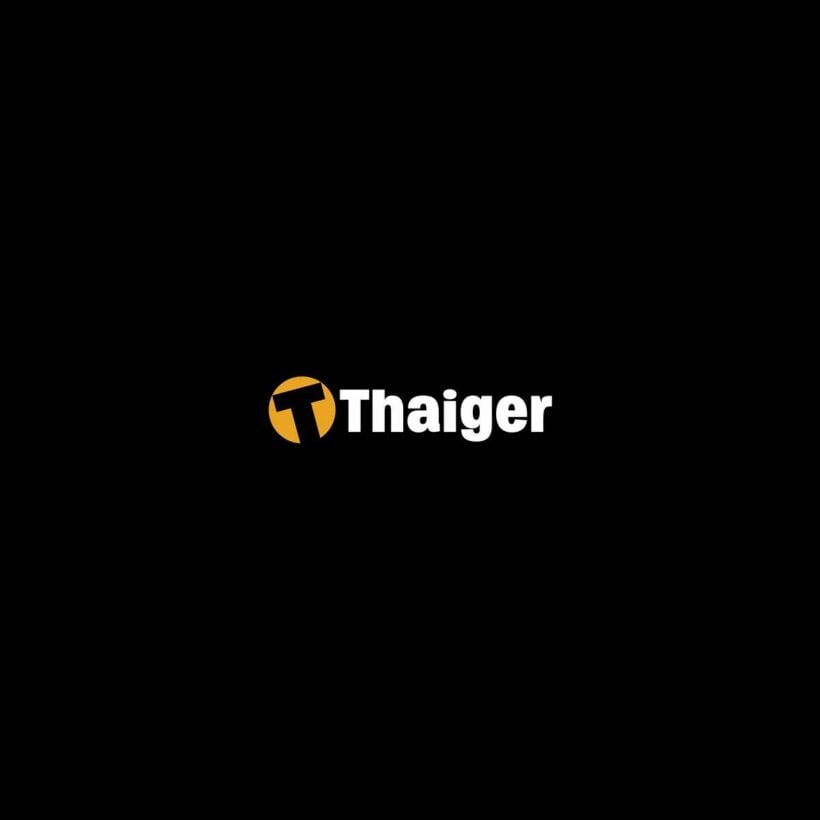NATO looks to combat Russia’s ‘information weapon’

– World news selected by Gazette editors for Phuket’s international community
PHUKET: NATO may combat Kremlin “weaponisation of information” used to support action such as the 2014 seizure of Crimea by creating a new more powerful communications section and declassifying more sensitive material, according to draft plans.
Both NATO and the European Union are concerned by Russia’s ability to use television and the Internet to project what they say is deliberate disinformation. The EU set up a special unit last year to counter what it considers overt propaganda.
Draft proposals by NATO’s military committee seen by Reuters set out how military tactics – to understand adversaries and then influence foreign audiences – could become part of a more integrated communications strategy.
The 23-page document, part of a long-running debate at the North Atlantic Treaty Organization, is sensitive.
NATO, in its own parlance, is considering “strategic narratives that lead to aligned words and actions … appropriately adapted and culturally attuned to resonate with all audiences and counter opposing narratives.”
NATO declined to comment on the draft but said its military committee is working on a policy of strategic communications.
“Nations are yet to discuss this draft policy and it is the nations who will ultimately approve it,” said Eva Svobodova, public affairs and strategic communications advisor to the chairman of the military committee.
Though favored by Britain and others, the United States is wary of any strategy that could be construed as base propaganda.
Officials say the credibility of NATO, an alliance of 28 democracies, relies on being open and truthful.
“One of the main principles of NATO is that we cannot counter propaganda with more propaganda,” said NATO spokesperson Oana Lungescu, who grew up in Romania under communist rule.
Russia has invested in a state-of-the-art media organization with hundreds of journalists abroad intended to wean the world off what it calls aggressive Western propaganda – dubbing it, with echoes of the Cold War, Sputnik.
It is also now very active on the internet, in social media such as twitter.
“They can create a virtual reality that is meant to confuse and achieve certain aims,” said one Western diplomat.
BLURRED LINE
NATO, according to the proposals, could move more quickly to declassify images to back NATO warnings of threatening activity, as well as communicating more on social media. The strategy may be discussed at a July summit in Warsaw.
After Russia moved into Crimea, NATO unveiled photographs of Russian deployments near the Ukrainian frontier but they were commercial satellite images and shown more than a month after the annexation.
NATO already has two strategic communications units, a YouTube channel with some 33,600 followers, and has increased its social media presence and its response to media queries.
However, some believe that is not enough, pointing to unconventional warfare techniques from unidentified troops – the so-called “green men” without insignia in Crimea and eastern Ukraine – to disinformation operations and cyber attacks.
Strategic communications involves coordinating various means of informing the media and the public, as well as so-called psychological operations (PsyOps), to influence public opinion.
“NATO is indicating it wants strategic communications to be better placed to detect information threats at the earliest stage,” said Stephen Badsey, professor of conflict studies at the University of Wolverhampton.
NATO Secretary-General Jens Stoltenberg, in words that might have been uttered in Cold War days of less sophisticated communications, told the World Economic Forum in Davos there was a “blurring line between war and peace”.
— Phuket Gazette Editors
Latest Thailand News
Follow The Thaiger on Google News:


























